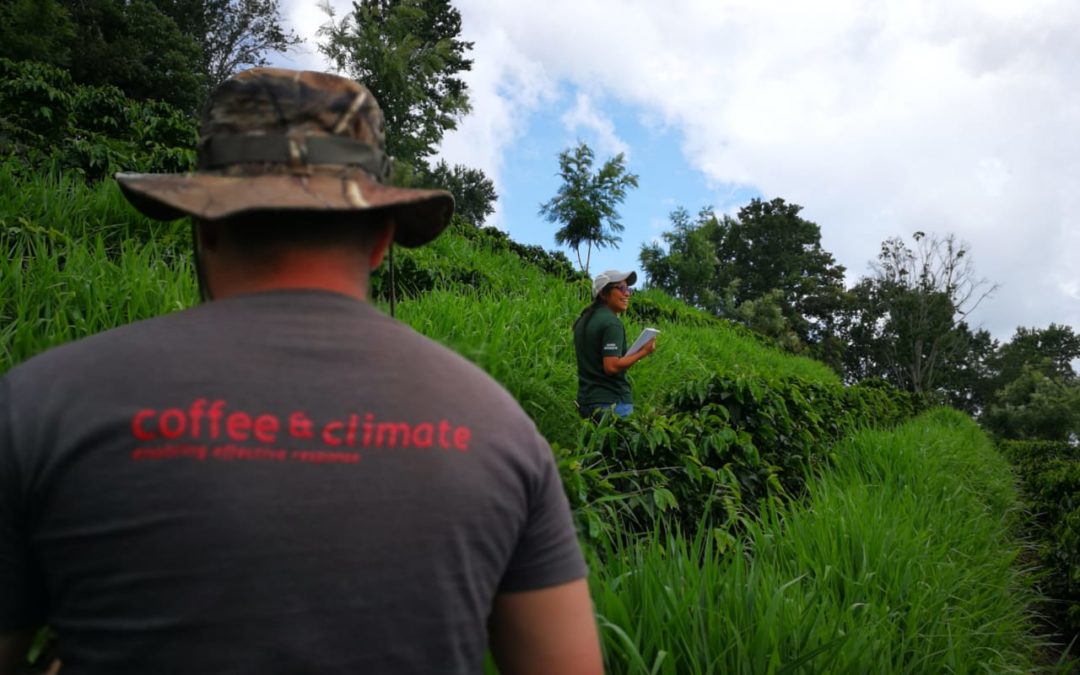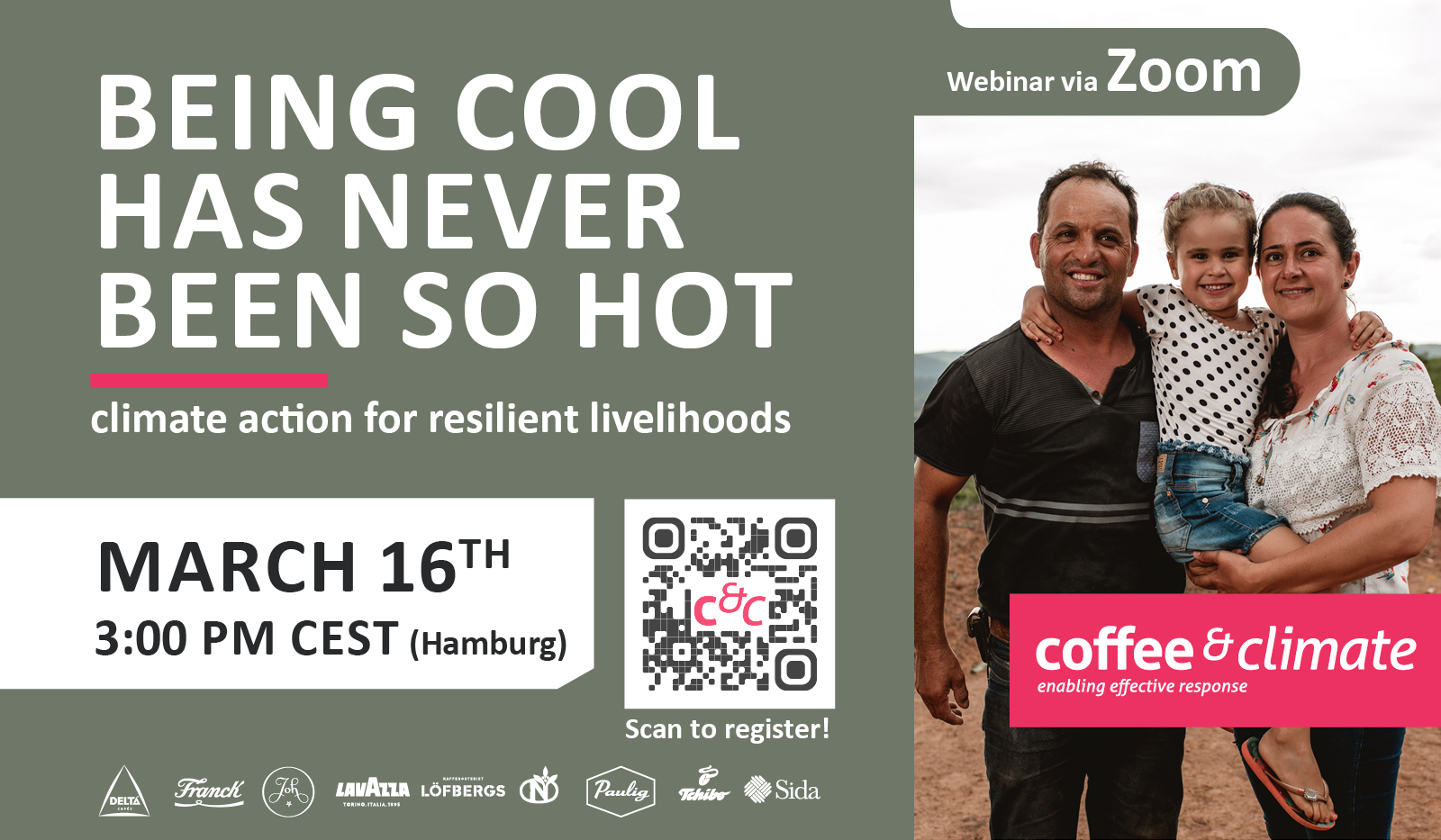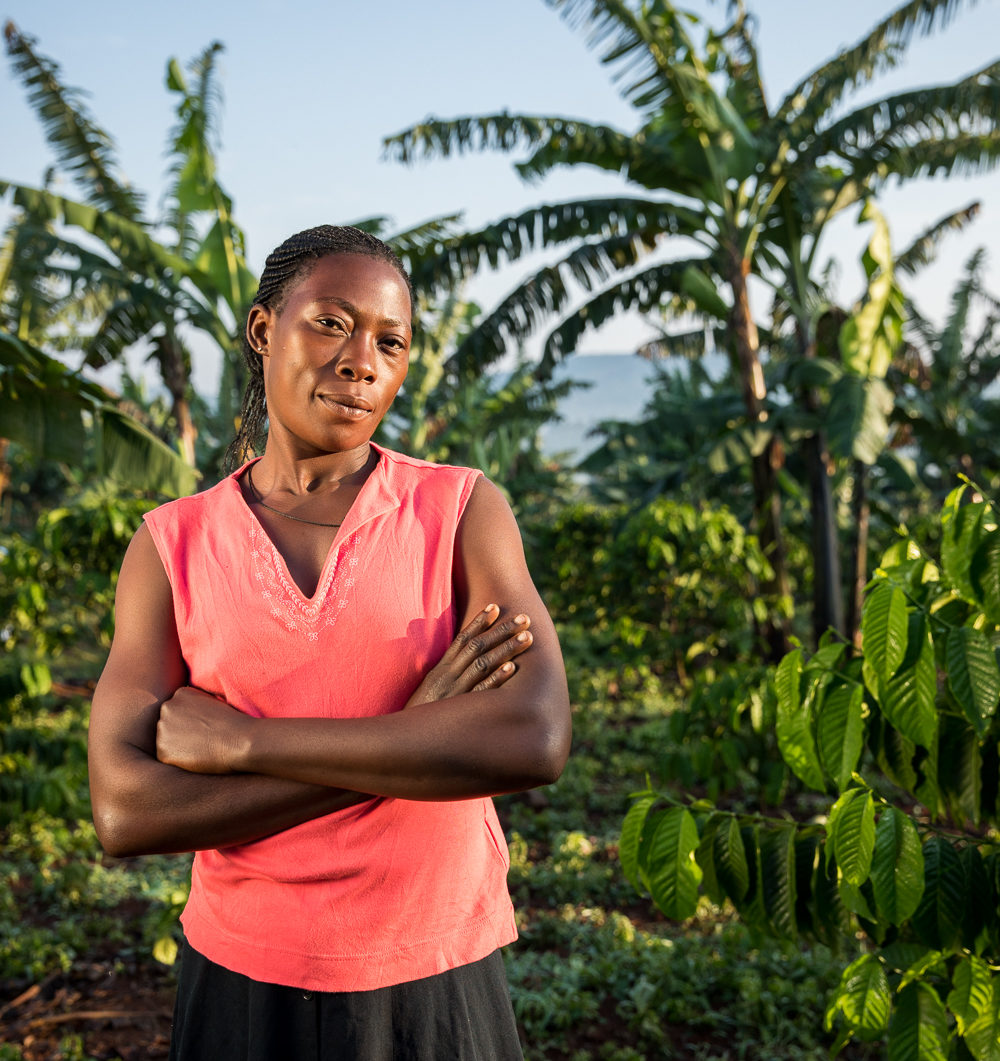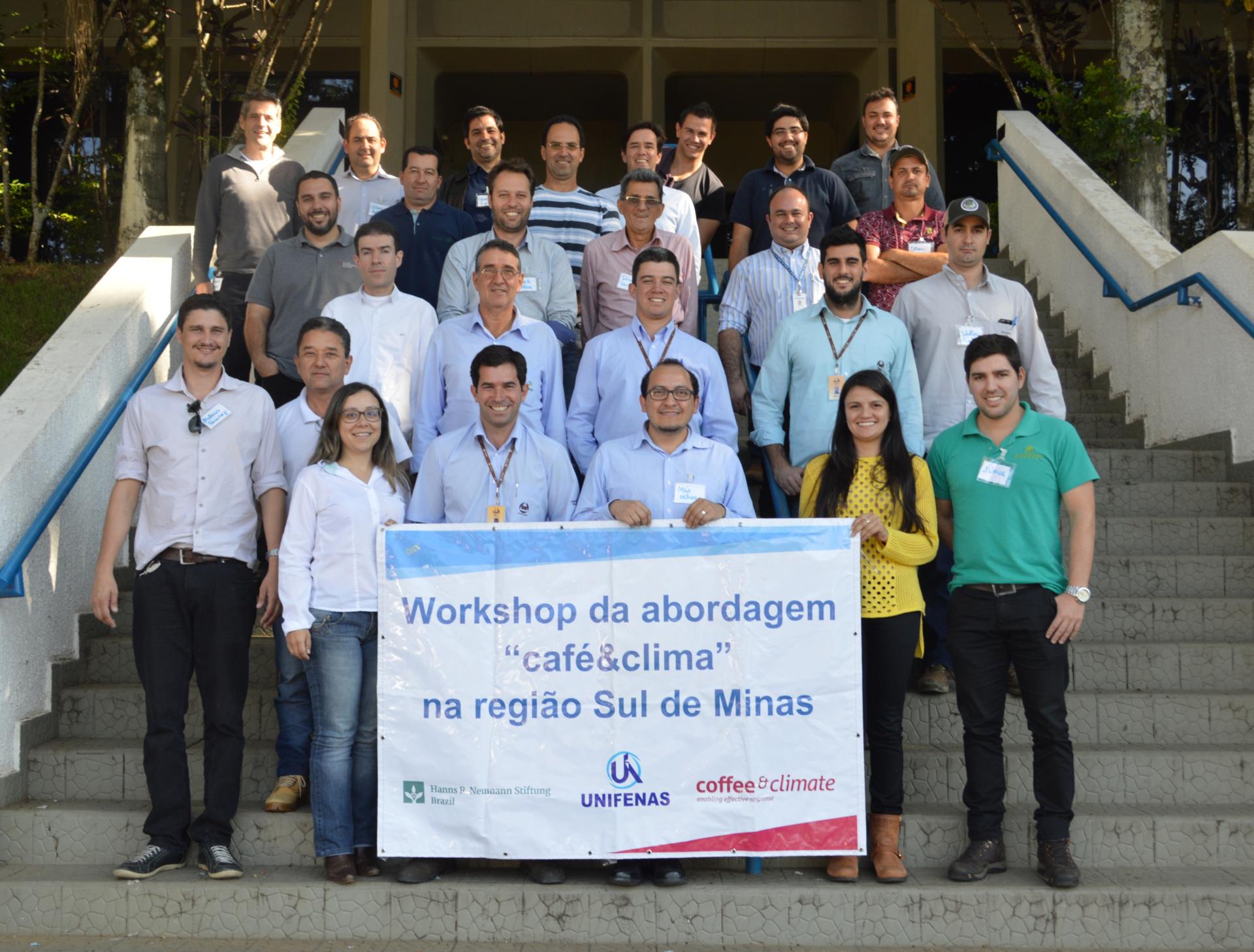Baristas, roasters and coffee machine producers are crowding around latest innovations during the Specialty Coffee Associations “World of Coffee 2019” in Berlin – Europe’s biggest Specialty Coffee Exhibition. Powerful cheering from the audiences of the World Barista Championship is echoing through the Expohalls. Passion for coffee is a graspable feeling. The will for innovative technologies and drinks is all around. One can see or even taste it at almost every corner.
At the same time the Coffee Industry keeps risking to lose the product, which is the base for all of this. With climate change putting more and more pressure to coffee production even the complete disappearance of coffee is feared if no adaptation and mitigation takes place. But that’s possible. This highlights the catalogue “Brewing up Climate Resilience in the Coffee Sector: Adaptation strategies for Farmers, Plantations and Processors” accompanied by 15 country profiles launched during the Specialty Coffee Event “World of Coffee”. „The aim is not just to say, these are the challenges. More important is to see opportunities and where to act“, says Tessa Meulensteen from IDH during the release lecture. “The report highlights that big parts of investment possibilities are at policy level, at farm and mill level and for research. We need innovative financing models combining private sector, impact (investment) funds and other actors in- and outside of the coffee sector.” Catalogue and profiles are released collectively by IDH, Conservation International, Specialty Coffee Association, Global Coffee Platform and the initiative for coffee&climate (c&c).
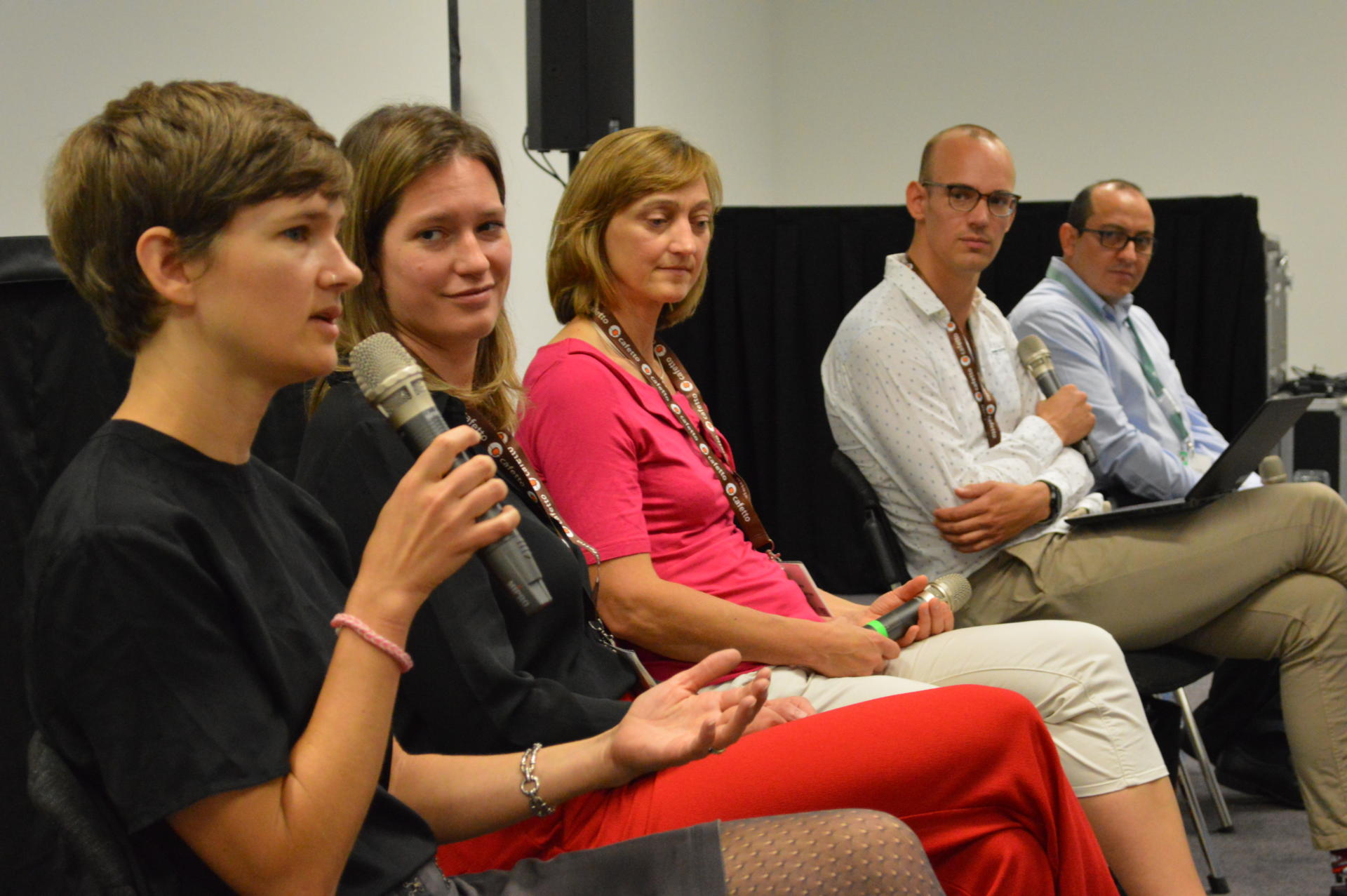
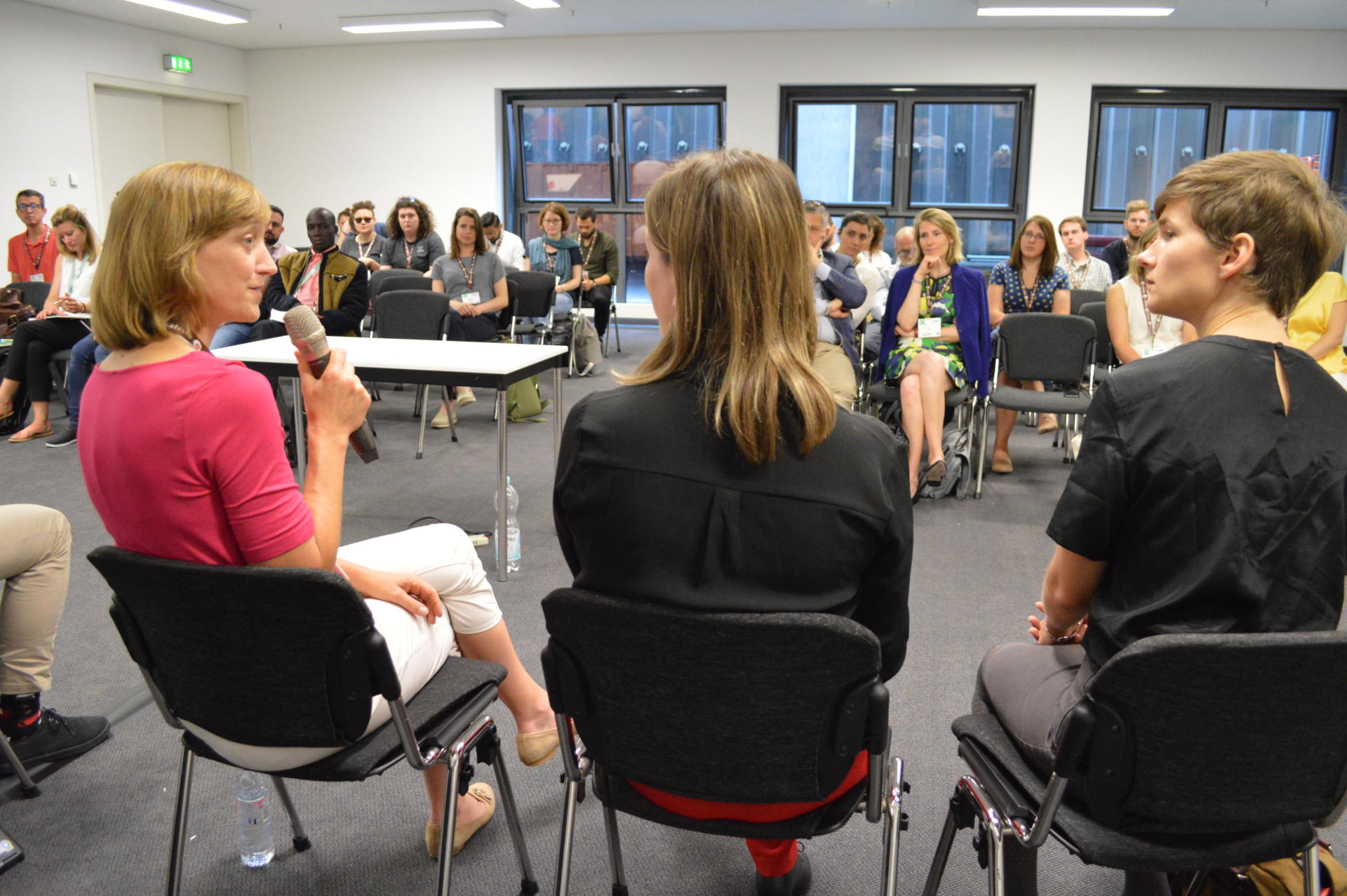
The report highlights five critical climate issues namely: loss of suitable areas for coffee production and shifts to higher altitudes, increased water stress; outbreak of pest and diseases; poor flowering and cherry development; growing vulnerability of smallholder coffee farmers and especially women.
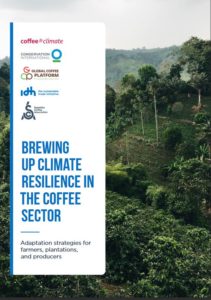 The organizations aim to raise awareness and show coffee industry partners opportunities for investments to support farmers and communities in the transition to more climate resilient production systems. The country profile for Brazil for example highlights loss of suitable land for coffee production of 18 percent until 2050 and even 27 percent by 2070. Max Ochoa, c&c Coordinator in Brazil pointed out that many climate smart agricultural practices were developed and tested to be efficient. “But for further implementation with more farmers, we need more long-term investments. Otherwise we cannot implement a practical and sustainable training process for coffee farmers to increase their adaptive capacity.”
The organizations aim to raise awareness and show coffee industry partners opportunities for investments to support farmers and communities in the transition to more climate resilient production systems. The country profile for Brazil for example highlights loss of suitable land for coffee production of 18 percent until 2050 and even 27 percent by 2070. Max Ochoa, c&c Coordinator in Brazil pointed out that many climate smart agricultural practices were developed and tested to be efficient. “But for further implementation with more farmers, we need more long-term investments. Otherwise we cannot implement a practical and sustainable training process for coffee farmers to increase their adaptive capacity.”
Traders, Roasters, Producers and Civil Society gathered for the launch in Berlin. How to make the important investments attractive for the industry was the question of one of the participating roasters: “How do you intend to motivate to actually pay?” Meulensteen replied: “We need to show incentives and benefits for all parties in the investment system. That’s a way to approach it.” Complemented by Niels Haak from Conservation International: “at the same time we need to take a landscape approach to identify needs and priorities and align investments.” This needs more acknowledgment of companies that coffee is just part of the whole picture. Each investment pays into something bigger and not individual competitive value chains. But competition is still limiting such efforts. Haak therefore elaborated, that “to generate the impact that will be necessary to tackle the complex climate challenges that the industry is facing, we need put aside competitive advantages and break-through traditional ways of collaborating. 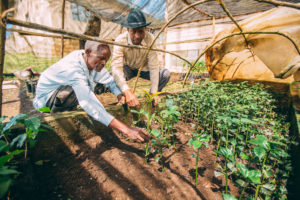 Through new Public-Private-Partnerships (PPPs), industry players – roaster, traders, and retailer – will need to jointly co-invest and actively collaborate with governments and civil society to generate an impact at scale.” We are in a time in which climate change is more than brewing. It is about to reach a rolling boil. “Therefore, especially the specialty coffee industry needs clear guidance how to protect this most vulnerable product – the catalogue and country profiles provide that. Investments can be very small but are crucial for saving the future”, said Kim Elena Ionescu from the Specialty Coffee Association. This, however, should include the willingness to invest into long-term activities, as the common expectations for quick effects will not pay out in the long run. One of the six strategies to increase climate resilience that is highlighted in the catalogue is to boost investments in climate-smart practice on coffee farms and at mills. Additionally, the country profiles are a tool to ensure that investments in the respective countries are most effective, as Caroline Glowka from the Global Coffee Platform said. “All partners in climate adaptation bring different competencies, strengths and experiences and that is the good thing about working together. But it also needs a readiness to share so everyone can benefit from the knowledge.”
Through new Public-Private-Partnerships (PPPs), industry players – roaster, traders, and retailer – will need to jointly co-invest and actively collaborate with governments and civil society to generate an impact at scale.” We are in a time in which climate change is more than brewing. It is about to reach a rolling boil. “Therefore, especially the specialty coffee industry needs clear guidance how to protect this most vulnerable product – the catalogue and country profiles provide that. Investments can be very small but are crucial for saving the future”, said Kim Elena Ionescu from the Specialty Coffee Association. This, however, should include the willingness to invest into long-term activities, as the common expectations for quick effects will not pay out in the long run. One of the six strategies to increase climate resilience that is highlighted in the catalogue is to boost investments in climate-smart practice on coffee farms and at mills. Additionally, the country profiles are a tool to ensure that investments in the respective countries are most effective, as Caroline Glowka from the Global Coffee Platform said. “All partners in climate adaptation bring different competencies, strengths and experiences and that is the good thing about working together. But it also needs a readiness to share so everyone can benefit from the knowledge.”
The papers provide clarity, on the most pressing challenges for coffee production that are related to climate change. It highlights opportunities through examples of successful interventions, and catalyzes investments, by connecting coffee industry actors with available financing options.
The Climate Catalogue and the 15 country profiles are only available for download.

